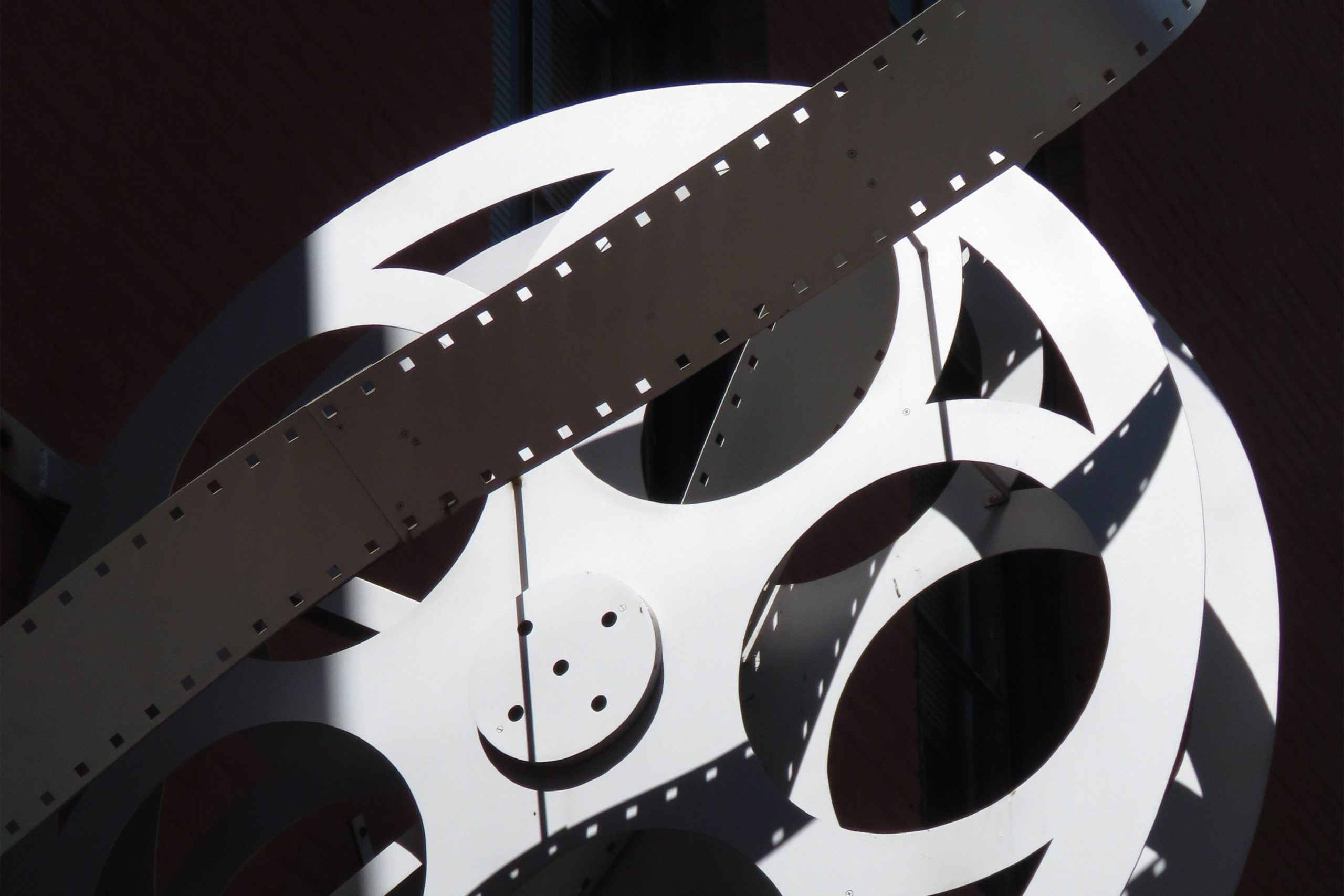The movie trailer is the tried and true way to give an audience a taste of a larger piece of work. While they’ve become a natural part of media consumption, there are distinct elements that you should consider.
Storyboard
Even if you’ve completed your short film or movie, the trailer is its own beast. Storyboarding will help you identify the right beats you want to hit, and which moments in the film achieve them. You most likely have already created a storyboard for your project as a whole, and that’s great! However, think of your movie trailer as its own mini story within the larger story, and this requires rethinking how to convey the right messages and feelings within a few minutes.
If storyboarding isn’t your strongest suit, there are plenty of programs that you can use at any budget.
Think in 3 Acts
Like every good story, your trailer should tell its own in a condensed form. First, introduce your main characters in a way that showcases who they are and what the audience can expect from them. Choosing relatable or identifiable moments is also key within the short timeframe of a movie trailer. Next, show the main conflict in a broad yet engaging manner that sets the stage and gives your characters purpose. Lastly, end with a climactic cliffhanger to spark intrigue.
As a rule of thumb, you should be able to find all of the best moments for your movie trailer in the first two acts of your project.
The Right Music Matters
Choosing the right music is arguably the most important feature of any movie trailer. It’s the lifeblood of every trailer you’ve ever seen and Loudly has the right track for every genre. There are many examples of trailers or scenes in films that completely lose their impact with the music removed. More so than your ordinary video clip, the music is important in setting the tone of your trailer. You don’t have much time for nuance, so a romantic comedy will benefit from a light-hearted track as much as an action thriller needs heart-pumping music and sound effects to place the audience in the right frame of mind.
For some advice on how to choose the right cinematic music for your project, check out this piece.
Your Editor is King (or Queen)
Movie trailer editors are a special breed. It takes a particular mind to condense a full-length feature into a two-three minute, spoiler-free sizzle. This editor may be different from your main editors, which is more commonplace than you might think. This is an even better reason to have a clear storyboard to allow for clear messaging and goals across the board.
Always Leave Them Wanting More
This should be an obvious one right? There’s nothing worse than sitting through a trailer and feeling like you’ve basically seen the whole film. Don’t give away too much to ensure that people actually want to watch your project!
You can still use the most unforgettable and visually stunning scenes without spoiling any major plot points. This is where all of the tips we’ve suggested so far culminate into one fluid piece. Your master editor uses music to set the tone and provide proper pacing, while showcasing your main character’s acting talents as well as presenting their major conflicts.
If done correctly, your viewers will be setting calendar reminders for your premiere and sharing your trailer with everyone they can.



